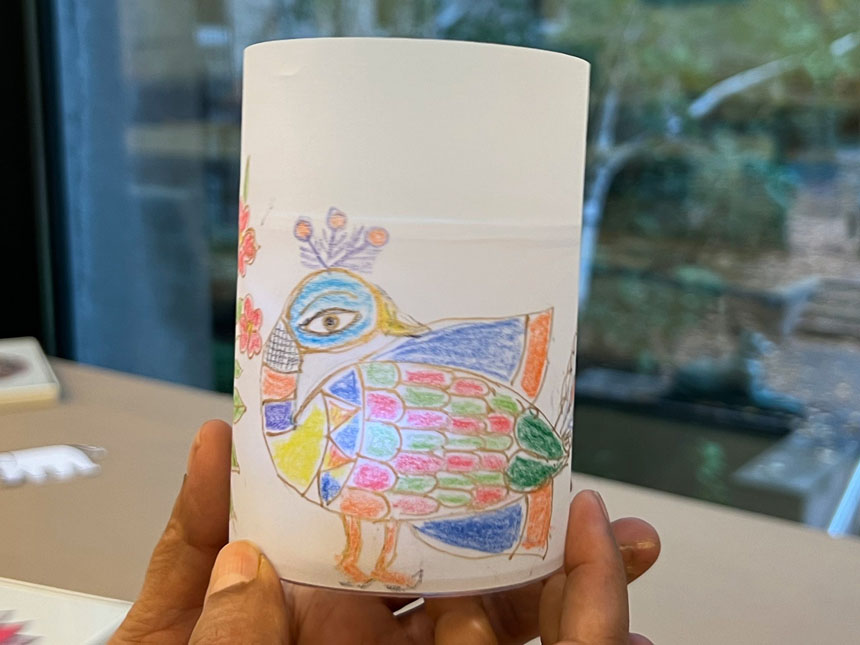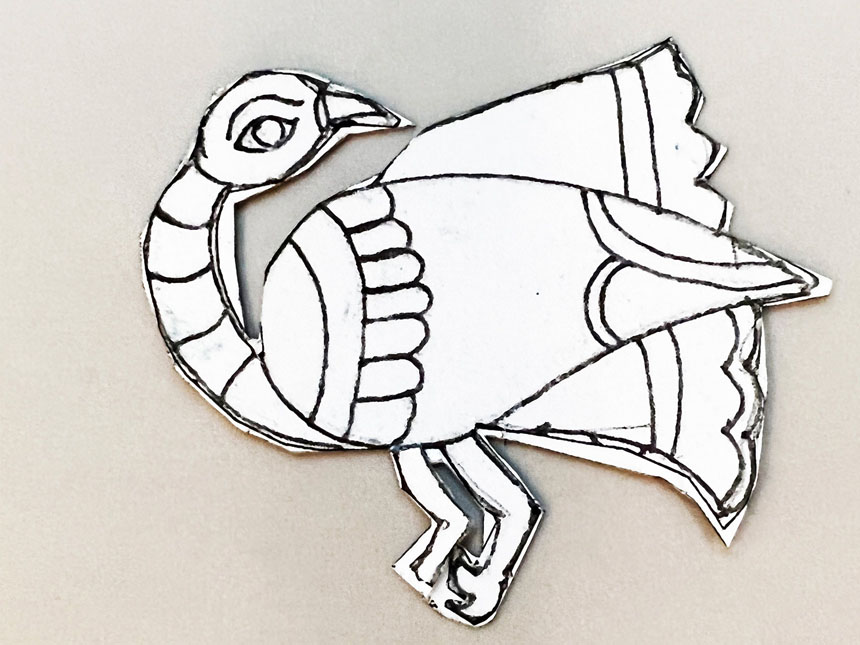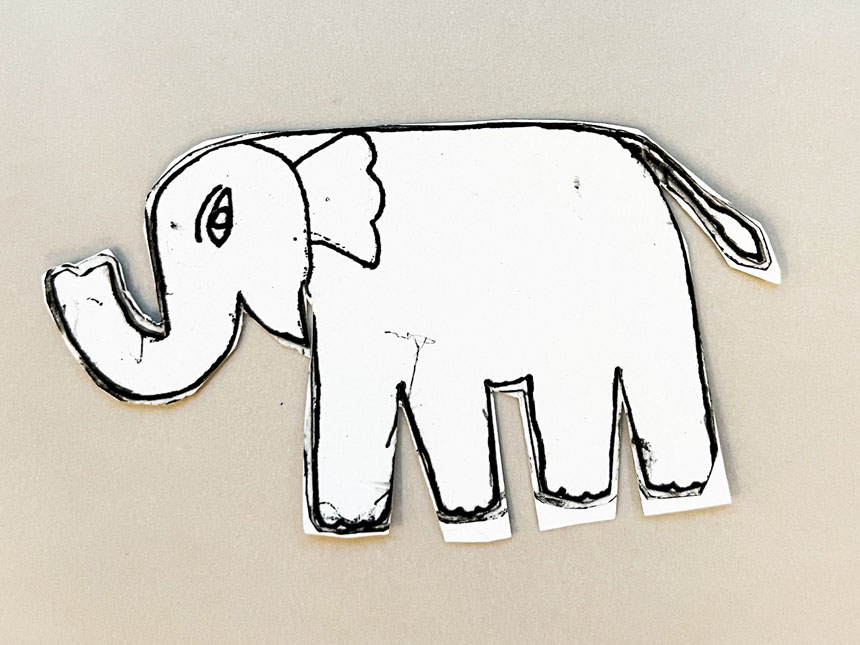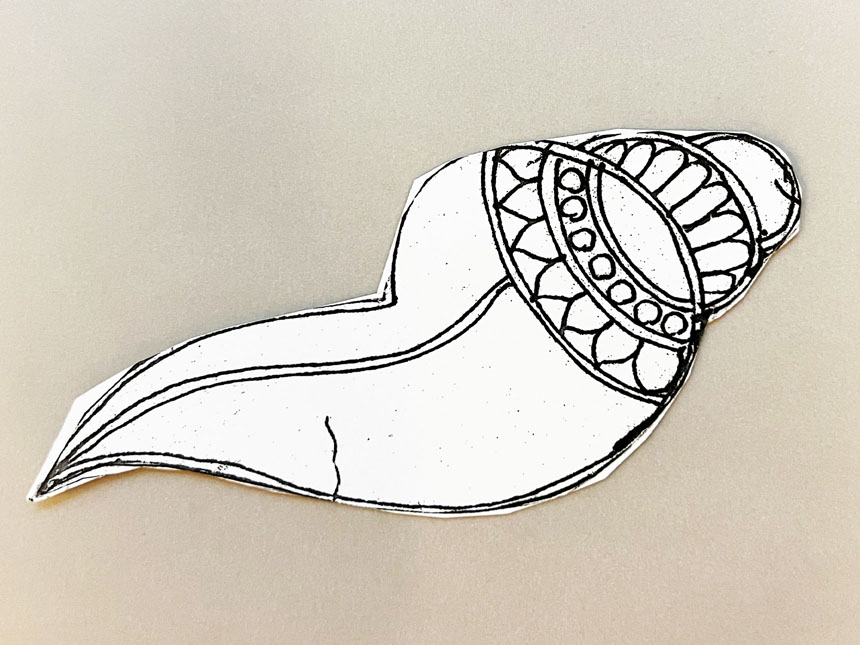Diwali or Deepawali, which means “rows of lit lamps,” is an Indian festival of light celebrated on “no moon” day. Each of the different regions in India have a slightly different story and way of celebrating Diwali, but light is common in all of them. The festival signifies victory of goodness over evil, hope over despair, knowledge over ignorance, and light over darkness. Different gods are worshiped in different cultures, and different types of art are made in different regions. For example, a geometrical line drawing called Kolam is made in South India. In North India, an art form called Rangoli uses materials such as colorful sand, colored rocks, and flower petals to make patterns on the floor or a tabletop. In this art activity, you’ll be inspired by Mithila or Madhubani, a traditional painting style from North India that is 2,500 years old!
Many people turn Diwali into a five-day festival with celebrations before and after Diwali. Festivities begin with families cleaning their houses, purchasing new clothes, making special food, visiting with friends and family, and worshiping and welcoming Lakshmi, the goddess of wealth and prosperity, and Ganesh, the god of removing obstacles. Lamps, candles, paper lanterns, and firecrackers are lit to fill the world with light.
Here is an example of how Diwali might be celebrated over five days:
- Day 1, Dhan Teras: People buy metals which can be Gold/silver or any steel utensils
- Day 2, Narak Chaturdashi: Victory over the demon Narkaasur
- Day 3, Diwali
- Day 4, Govardhan Puja/ Padva: Husband and wife festival
- Day 5, Bhai Dooj: Sibling festival; and Dawaat Puja: Worship of books and pens
Artwork and instructions courtesy of Sunanda Sahay.
| Hindi | English Transliteration | English Translation |
|---|---|---|
| दिया | Diya | Lamp |
| दीपावली | Deepawali | Rows of lighted lamp |
| पटाखा | Patakha | Fire crackers |
| कंदील | Kandeel | Paper lantern |
| गणेश | Ganesh | Obstacle Remover God |
| लक्ष्मी | Lakshmi | Goddess of wealth and prosperity |
| मिठाई | Mithai | Sweets |
Materials

You will need:
- colorful pencils
- a gold or black gel pen or a permanent marker
- two glue dots
- a battery-operated flameless LED tealight candle
- a small plastic or glass container
- thick (167 GSM) translucent vellum paper (8.5 x 11 inches)
Lantern Inspiration
Mithila or Madhubani is a 2,500-year-old art form from Bihar, North India that uses bright contrasting colors and line designs. Use one of these as inspiration to sketch on your vellum paper—or create your own design!





Instructions
Step 1

Step 2

Step 3

Step 4

Step 5

Step 6

Step 7

Step 8

About the Artist
Sunanda Sahay has been painting in the Mithila/Madhubani style, a traditional art form of North India, for more than 25 years. Her paintings always have a central theme such as birds and animals around a larger image, connecting art to nature. Sunanda, a resident of Acton, Massachusetts, has had several exhibitions, interactive workshops, artist-in-residencies, talks, and demos at museums like MFA Boston, Peabody Essex Museum, Danforth Art Museum, and Fitchburg Art Museum, as well as at and community and educational spaces like Lowell Folk Festival and Boston Mayor’s Gallery. She is the recipient of various awards, grants, and accolades from the state, juried shows, and local communities.
